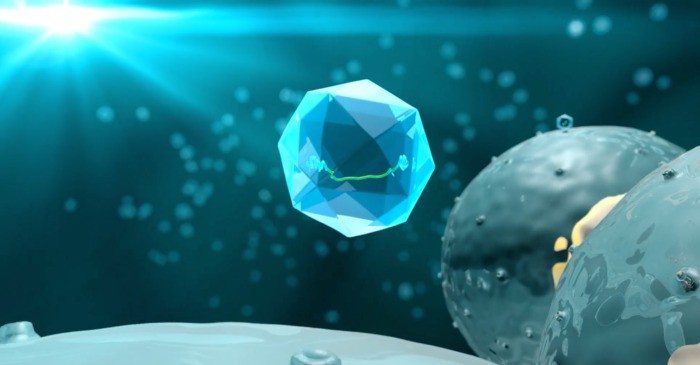Novartis collaborates with Homology to Adapt Genome Editing Technology
Pharma giant, Novartis, has now announced a collaboration with start-up, Homology Medicines to expand its programs in gene therapy and gene editing to develop therapies for genetic blood and eye diseases.
Novartis said the collaboration is designed to accelerate an initiative at its Novartis Institutes for BioMedical Research (NIBR) that engages researchers companywide who are involved in projects with the genetic reprogramming of cells.
Homology’s AAV technology may aid their work, Novartis reasons: “It is our hope that this collaboration will help advance our cell and gene therapy initiative,” Susan Stevenson, Ph.D., an executive director at NIBR who leads the initiative, said in a
Novartis statement.
AAVs are unusual in one key respect. In contrast to larger viruses, they don’t seem to cause illness. This built-in safety feature makes AAVs attractive tools for genome editing.
The benign viruses can be engineered to carry a specific genetic sequence, and they can be programmed to home in on a target site in the genome. When they arrive, AAVs trigger a process called homologous recombination, which overwrites a particular portion of a gene or even replaces an entire gene. In this way, AAVs can be used to correct genetic defects.
Homologous recombination may give AAVs an edge over other genome editing tools such as CRISPR in certain contexts.
Homology’s gene editing tech differs from CRISPR, which uses an enzyme from bacteria that “chops” DNA to disrupt a damaged gene. Homology’s CEO Arthur Tzianabos said the CRISPR approach can be problematic when adding whole genes.
Instead, Homology is employing viral vectors to encourage what’s called “homologous recombination” — the body’s natural response to “correcting” genes that have been damaged. In short, the company packages a single strand of synthetic DNA inside a non-infectious virus, which then carries the DNA to the body’s cells.
“The DNA is designed to be a perfect mirror image of the DNA you want to take out,” Tzianabos said. Pairing the corrected DNA with its damaged twin inside the cell is what promotes homologous recombination, or the swapping of nucleotide sequences between two similar strands of DNA.
As part of the new deal with Novartis, Homology will be exploring undisclosed targets in ophthalmology (a key research area for Novartis), as well as targets in genetic blood disorders. Novartis has worldwide rights to Homology’s platform for select ophthalmic targets and an undisclosed hemoglobinopathy disease. Homology gets to retain US commercial rights (and a share of US profits) for in vivo applications related to the hemoglobinopathy program.






























